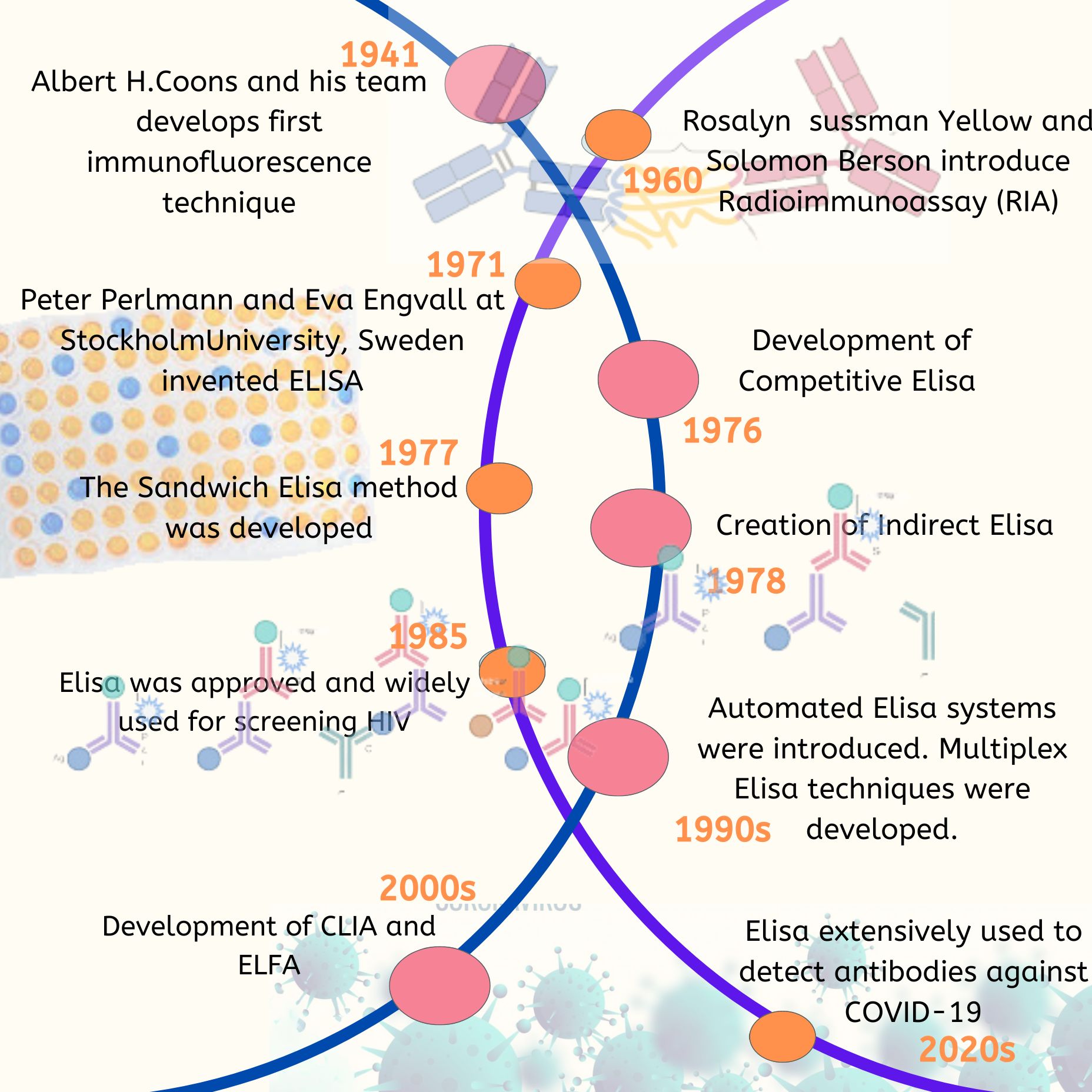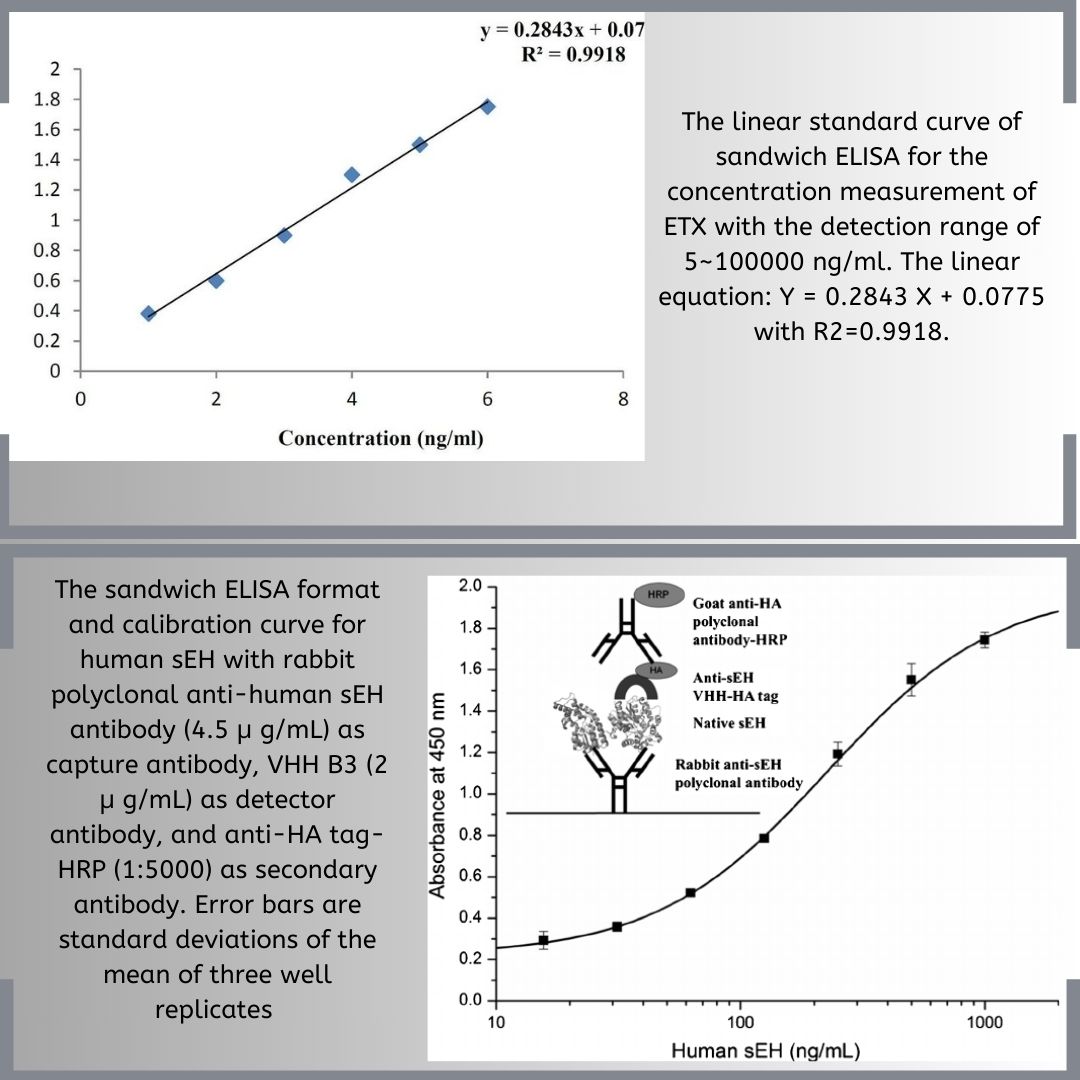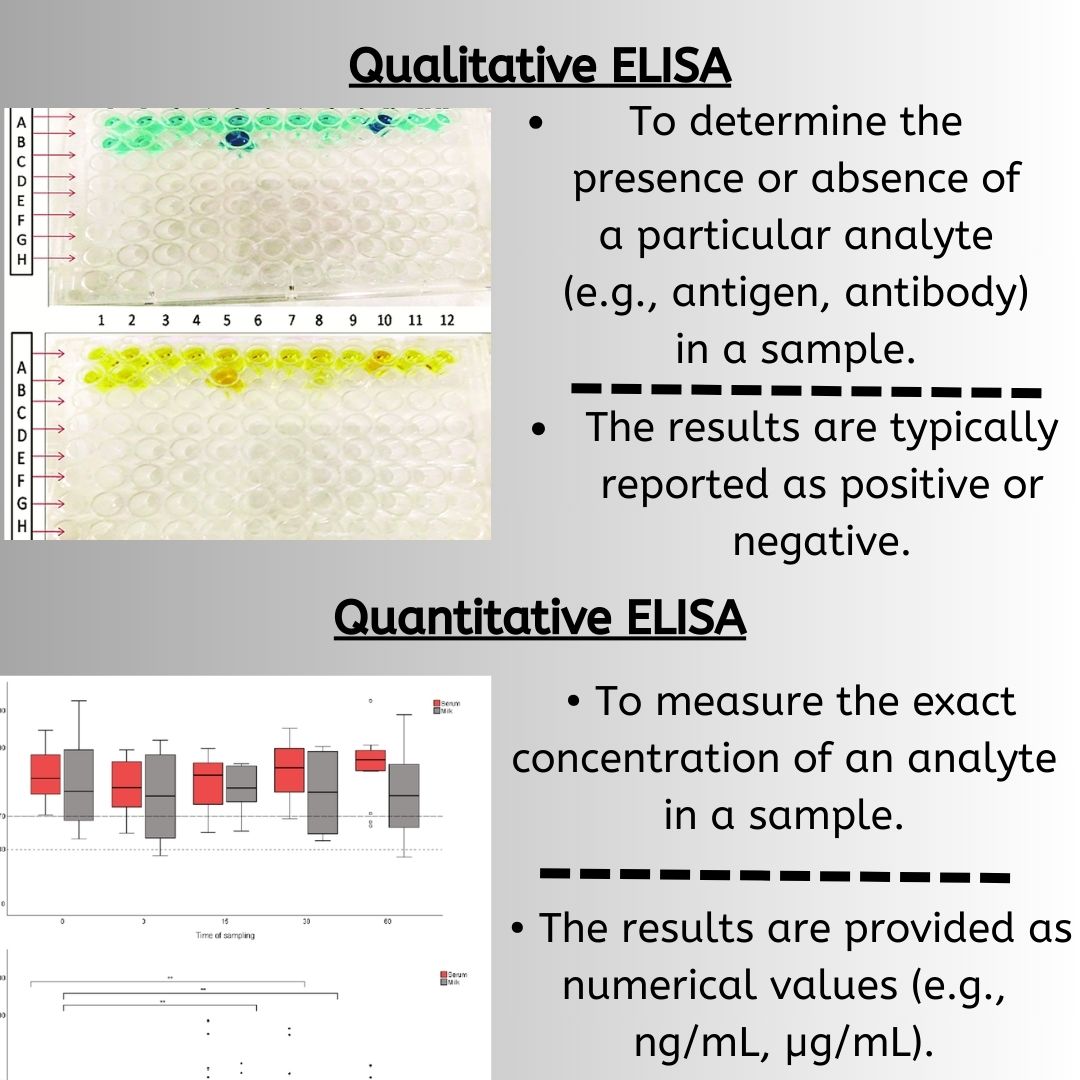C syndrome develops as the result of gonadal mosaicism which is characterized by an individual’s cell differing from each other in their genetic composition. This occurs as the result of problems with the cell division in the early fetal development. In healthy individuals, the cells have 46 chromosomes but people with this condition, the total number of chromosome is affected with some having 45 or 47. This condition is also known as opitz trigonocephaly syndrome. This is a very rare syndrome with a prevalence estimated at 1 in every 800,000 to 1 in 1,000,000 individuals and less than 60 cases were reported in the medical literature.
Causes
C syndrome was previously considered to be inherited in an autosomal recessive manner. This occurs when the affected individual inherits two defective genes for the same trait, one from each parent. If the individual inherits one defective and one normal gene, they will then be the carrier of the disorder and may not exhibit any symptoms associated with this condition. However, the research now suggests that the C syndrome develops as the result of gonadal mosaicism. The mosaicism occurs with the problem in the total number of the chromosome present in the cells. The chromosomes are essential as they transmit the genetic information necessary for each person. A healthy individual inherits 46 chromosomes. Each of the chromosomes is numbered from 1 to 22 and in addition to an X or Y sex chromosomes. Males inherit a single X and a single Y chromosome, while females inherit two X chromosomes from their parents. Currently, the exact chromosome that carries the defective gene responsible for this condition is not determined.
Symptoms
The affected individual with C syndrome often features a condition known as trigonocephaly in which the head appears to be triangular in shape resulting from the premature closure of the skull. The other features of the face include the narrow pointed forehead, flat broad nasal bridge with a short nose, crossed eyes, problems with the outer ear, upward pointing outside corner of the eyes. In addition, they also exhibit problems of the joints, abnormalities of the limbs, loose skin, webbed fingers or /and toes, seizures, severe intellectual disabilities, a single or both the testes not moving into the scrotum, heart defects, abnormalities of the kidneys and the lungs.
Diagnosis
A diagnosis of the C syndrome is made by identifying the clinical features that are associated with this condition along with the medical history and various laboratory tests.
Treatment
There is no cure for this syndrome. The treatment often focuses on the symptoms that are present along with a supportive care. In the case the individual is severely affected, they may require a surgery to relieve the pressure that develops in the brain. In addition, cosmetic surgery may be performed to improve the facial abnormalities. In some cases, the genetic counseling may be beneficial for the affected individual and their families.
References



